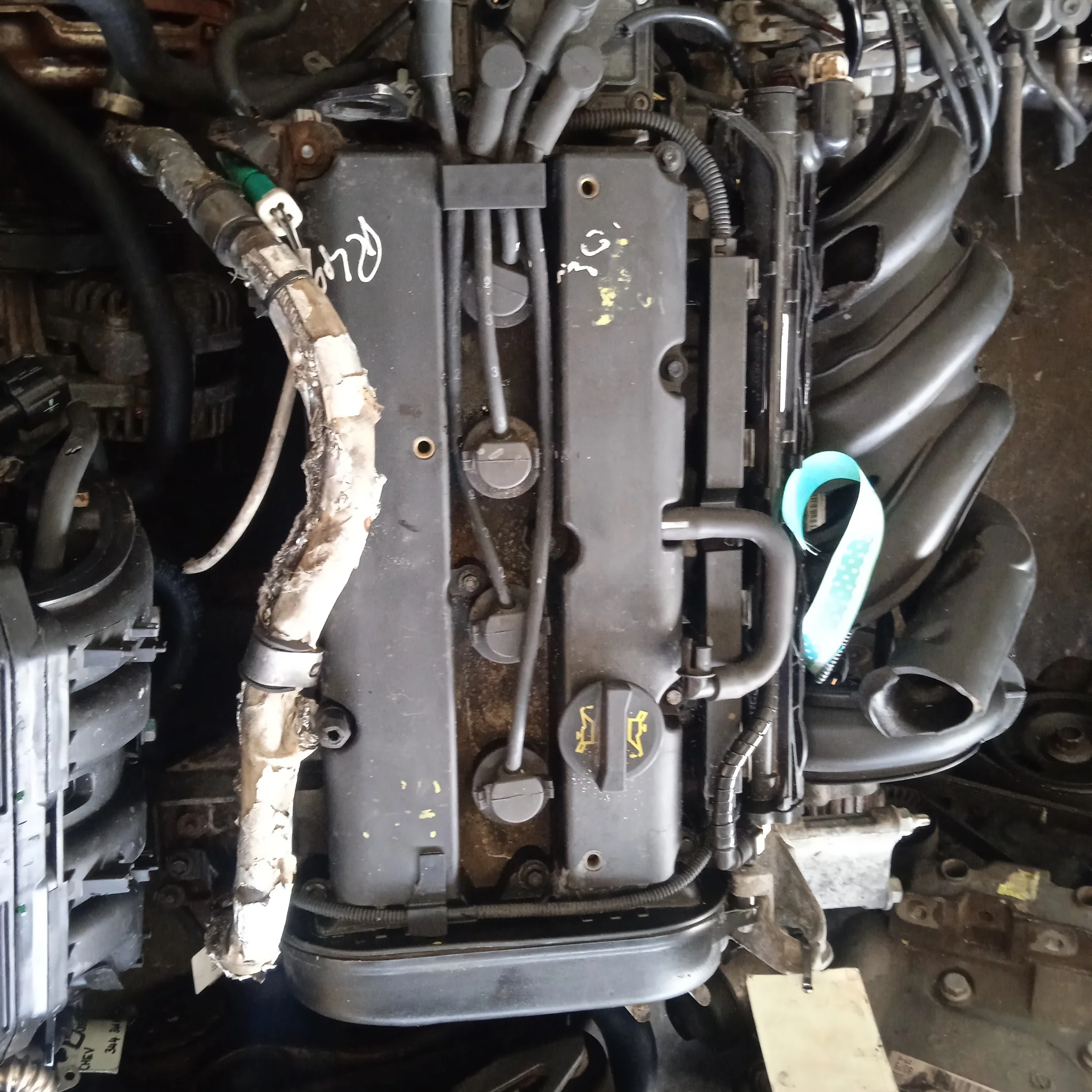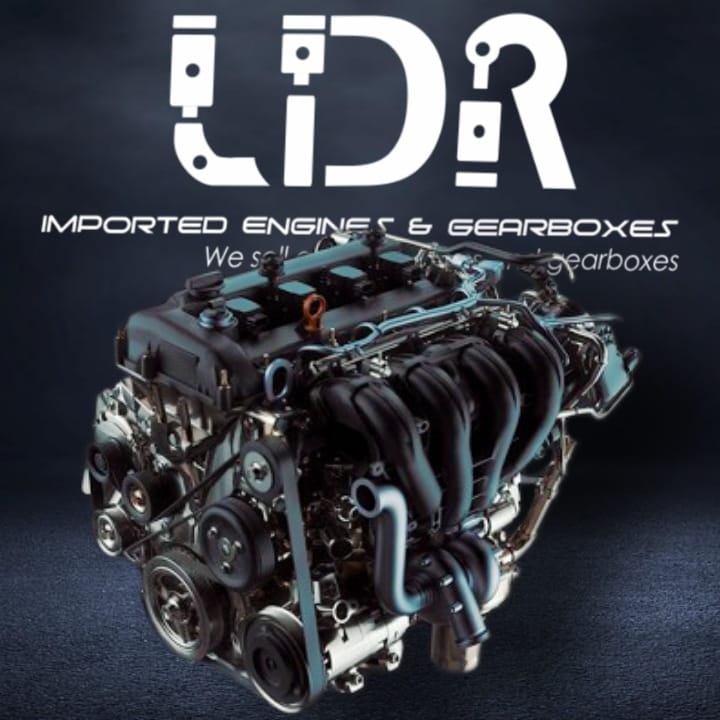Discover the Latest Ford Fiesta Engine Upgrades for Enhanced Power
Discover the Latest Ford Fiesta Engine Upgrades for Enhanced Power
Blog Article
Unlocking the Power of Engines: A Comprehensive Guide to Efficiency and Effectiveness
Understanding the detailed auto mechanics of engines is crucial for both performance fanatics and day-to-day drivers. The answers might redefine our strategy to engine efficiency and performance in means that are both informing and necessary.
Understanding Engine Fundamentals
What makes up the fundamental mechanics of an engine? At its core, an engine is a machine designed to convert gas right into mechanical energy with a series of regulated surges or burning procedures. The main components include the cyndrical tube, piston, crankshaft, camshaft, and shutoffs. The cylinder works as the chamber where burning takes place, while the piston relocates within the cylinder to convert the energy from combustion right into straight activity (ford fiesta engine).
The crankshaft then changes this direct motion right into rotational power, which eventually powers the lorry. The camshaft manages the opening and closing of the valves, managing the consumption of air and fuel and the expulsion of exhaust gases. Furthermore, the engine depends on a meticulously calibrated fuel-air mixture, ignition system, and cooling down system to guarantee optimum performance and performance.
Comprehending engine basics likewise involves acknowledging the importance of engine cycles, such as the four-stroke cycle, that includes consumption, exhaust, compression, and power strokes. Each stage is critical in guaranteeing the engine functions efficiently and efficiently. Proficiency of these fundamental technicians prepares for discovering more complicated engine dynamics and performance metrics, vital for maximizing both power output and effectiveness.
Trick Performance Metrics
Secret performance metrics are crucial for assessing an engine's performance and power output, offering useful insights for both makers and customers. These metrics work as standards for engine efficiency, enabling for notified choices in production, layout, and buying.
Among the primary metrics is horse power, which measures the engine's capability to execute job over time. Torque, gauged in pound-feet, is an additional important metric that suggests the engine's rotational force, directly affecting acceleration and hauling capability. Fuel effectiveness, usually determined in miles per gallon (MPG) or liters per 100 kilometers (L/100km), assesses exactly how successfully the engine transforms gas right into movement, affecting functional expenses and environmental considerations.
Furthermore, thermal efficiency measures just how well an engine converts fuel energy right into beneficial work, revealing understandings right into energy losses primarily via warm. Discharge levels, consisting of CO2 and NOx, are also crucial, reflecting the engine's ecological impact and compliance with regulatory standards.

Tuning Methods for Efficiency
Tuning techniques play a significant function in improving engine effectiveness by maximizing efficiency metrics recognized in earlier conversations (ford fiesta engine). Numerous approaches exist to fine-tune an engine, each adding to improved fuel economy and decreased discharges
One effective technique is adjusting the air-fuel ratio, guaranteeing the engine operates within the optimal combustion regime. A leaner mixture can boost gas performance, however it needs to be balanced to stop misfires or engine knock. Furthermore, reprogramming the engine monitoring system can rectify criteria such as ignition timing, which further boosts performance while keeping power result.
Another vital method includes customizing the intake and exhaust systems. Updating to high-performance air filters and exhaust headers can minimize back pressure, facilitating far better air movement. This enables the engine to breathe even more easily, causing enhanced burning effectiveness.
Additionally, the execution of innovative tuning devices, like dyno testing, gives specific data that makes it possible for targeted changes. Regularly monitoring these efficiency metrics ensures that adjusting efforts produce the preferred performance results. Jointly, these techniques not just reinforce engine performance but likewise add to lasting sustainability in engine procedures.
Upkeep for Optimal Efficiency
Normal engine maintenance is crucial for attaining optimal efficiency and long life. A well-maintained engine not just runs effectively yet likewise decreases the their website risk of expensive repairs and malfunctions. Key elements calling for regular interest consist of oil, filters, belts, and ignition system.
Altering the engine oil at advised intervals is important, as oil lubes moving parts and protects against overheating. Likewise, changing oil and air filters ensures that pollutants do not hinder engine feature. Disregarding these components can result in minimized performance and possible engine damage.
In addition, examining and replacing worn belts and pipes is crucial to stop unexpected failings. Timing belts, in specific, need to be changed according to the maker's schedule to avoid catastrophic engine damages.
Flicker connects need to additionally be examined and changed as necessary, because they play an important role in ignition and fuel performance.
Future Trends in Engine Technology
Welcoming developments in modern technology, the future of engine design is positioned to reinvent efficiency and performance across numerous applications. Hybrid and fully electrical powertrains are coming to be progressively traditional, offering decreased exhausts and improved gas efficiency.
Additionally, innovations in products science are resulting in lighter, stronger parts that improve engine efficiency while minimizing energy usage. Advanced production strategies, such as 3D printing, enable the production of complicated geometries that boost airflow and thermal monitoring, thus maximizing combustion procedures.
In addition, the combination of expert system and device learning is set to change engine diagnostics and performance tuning. These modern technologies can analyze large amounts of data in real time, enabling anticipating maintenance and customized performance improvements.
Conclusion
In final thought, unlocking the power of engines requires a thorough understanding of their mechanics and efficiency metrics. Implementing efficient tuning methods and adhering to routine maintenance practices considerably improve engine capabilities.
Furthermore, the engine relies on a thoroughly calibrated fuel-air mix, ignition system, and cooling system to make certain ideal performance and performance.
Comprehending engine basics likewise includes recognizing the value of engine cycles, such as the four-stroke cycle, which consists of intake, compression, exhaust, and power strokes. Mastery of these essential technicians lays the groundwork for discovering a lot more complex engine characteristics and performance metrics, visit homepage crucial for enhancing both power outcome and effectiveness.

Embracing improvements in modern technology, the future of engine layout is positioned to reinvent efficiency and effectiveness across different applications.
Report this page